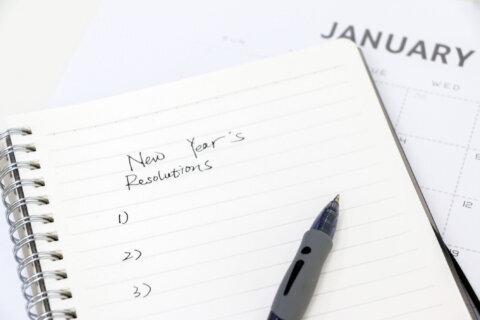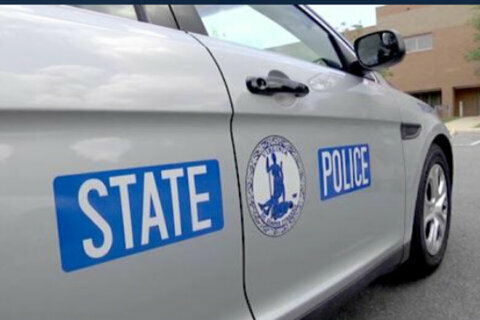The number is staggering; the result, often deadly.
“Every three hours in the United States, a person or vehicle is hit by a train,” said Jennifer DeAngelis, communications director with Operation Lifesaver, Inc., a nonprofit rail safety organization.
According to the Federal Railroad Administration, trespassing on the railroad right-of-way is the leading cause of rail-related deaths.
“Walking on railroad tracks is trespassing, it’s illegal and it’s very dangerous,” said DeAngelis. “The only place safe to cross is at a designated railroad crossing, so sometimes that means making the choice to walk a bit further in one direction or the other, to cross the tracks if you’re a pedestrian.”
DeAngelis said slightly over half of incidents occur at crossings with lights and gates. “It suggests perhaps people are making decisions to go around the lights and gates, which is not a safe decision,” she said.
According to the Federal Railroad Administration’s preliminary data for 2021, 21 people died after being hit by trains in Virginia, Maryland, and D.C.
While people believe they would hear a train approaching or feel the vibrations, many who are struck by trains didn’t realize one was bearing down, said DeAngelis.
“Trains are moving much faster than we think they are, and they are much quieter than we think they are,” said DeAngelis. “And there’s an optical illusion — it may seem as if it’s sitting still, when it’s not; it’s traveling very, very fast.”
Operation Lifesaver Inc. and Amtrak Police are attempting to raise awareness during Rail Safety Week, observed this year from Sept. 19 through 25.
Unlike cars and trucks, trains don’t have steering wheels, DeAngelis said, and a heavy train is unable to brake quickly.
“A freight train traveling 55 mph takes a mile or more to stop,” said DeAngelis.
And if your vehicle stalls or is unable to move off a railroad crossing: “Get out of your vehicle, and away from the tracks,” DeAngelis said.
After that, “You should look for the blue and white emergency notification system sign,” which should be located near every railroad crossing. “There’s a blue and white sign there, that has a phone number for the railroad and a locator ID, to inform the railroad where the vehicle is stuck in time to warn the train operator.”








